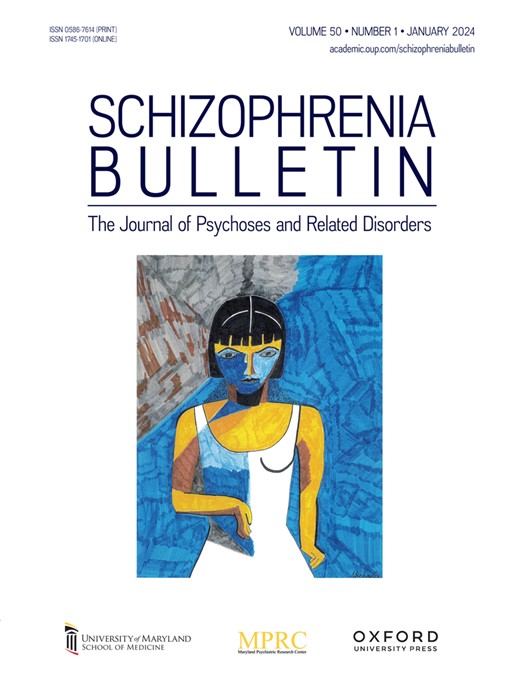3 RESEARCH ON THE EFFECT OF MOVIE THERAPY AND IMPROVEMENT OF SOCIAL FUNCTION IN SPECIAL GROUPS OF SCHIZOPHRENIA PATIENTS
IF 5.3
1区 医学
Q1 PSYCHIATRY
引用次数: 0
Abstract
Background At present, there are a large number of special groups of patients with schizophrenia in China, such as elderly patients with mental illness, adolescents with intellectual disabilities, and other patients. The causes and characteristics of this special group of patients pose many difficulties in treatment. Film therapy, as an emerging form of psychological therapy, may improve patients’ psychological states by allowing them to watch carefully selected movies that evoke emotional resonance and reflection. Movie therapy has a good improvement effect on conventional anxiety disorders and mental illnesses, and is safer and more effective than traditional medication. In order to treat a special group of schizophrenia patients, the study will explore the therapeutic effects of film therapy on patients and conduct related research. Methods In the study, 50 special group schizophrenia patients were selected as the experimental group, and another 50 age-matched general schizophrenia patients were selected as the control group. Among them, the experimental group will carry out a 12-week film therapy, watching movies 3 times a week, and having group discussions to share their feelings after each movie viewing. Both groups of personnel underwent evaluation of scale indicators, including the Positive and Negative Symptoms Scale (PANSS), with a total score of 30-210 points, with higher scores indicating more severe symptoms; Social Function Deficiency Screening Scale (SDSS): 0-2 points for no defects, 3-5 points for mild defects, 6-8 points for moderate defects, 9-12 points for severe defects; Insight and Treatment Attitude Questionnaire (ITAQ): 0-10 points for poor insight, 11-20 points for partial insight, 21-30 points for good insight; Mini Mental State Examination (MMSE): 0-17 points for severe cognitive impairment, 18-23 points for moderate cognitive impairment, 24-30 points for mild cognitive impairment or normal; Activities of Daily Living Scale (ADL): 20-80 points, the higher the score, the better the daily living ability. Results Table 1 shows the test results of different groups of scales. After undergoing movie therapy, the PANSS score of the experimental group significantly decreased, indicating that the patient’s symptoms had been alleviated; In addition, the SDSS score has decreased and social functional deficits have been improved, there is a statistically significant difference (P<0.05) when compared before and after. Meanwhile, the various indicators of the experimental group patients gradually approached those of the control group, indicating that film therapy is effective in treating patients. Discussion According to the experimental results, movie therapy has a positive effect on special groups of schizophrenia patients, and various social function indicators gradually approach the normal group. The main reason may be related to the artistic atmosphere of movies, which can expose patients to rich emotional and social situations, promote their understanding of themselves and the outside world, thereby reducing symptoms and improving social functioning. This study will also provide technical references for the treatment of special groups of schizophrenia patients.求助全文
约1分钟内获得全文
求助全文
来源期刊

Schizophrenia Bulletin
医学-精神病学
CiteScore
11.40
自引率
6.10%
发文量
163
审稿时长
4-8 weeks
期刊介绍:
Schizophrenia Bulletin seeks to review recent developments and empirically based hypotheses regarding the etiology and treatment of schizophrenia. We view the field as broad and deep, and will publish new knowledge ranging from the molecular basis to social and cultural factors. We will give new emphasis to translational reports which simultaneously highlight basic neurobiological mechanisms and clinical manifestations. Some of the Bulletin content is invited as special features or manuscripts organized as a theme by special guest editors. Most pages of the Bulletin are devoted to unsolicited manuscripts of high quality that report original data or where we can provide a special venue for a major study or workshop report. Supplement issues are sometimes provided for manuscripts reporting from a recent conference.
 求助内容:
求助内容: 应助结果提醒方式:
应助结果提醒方式:


